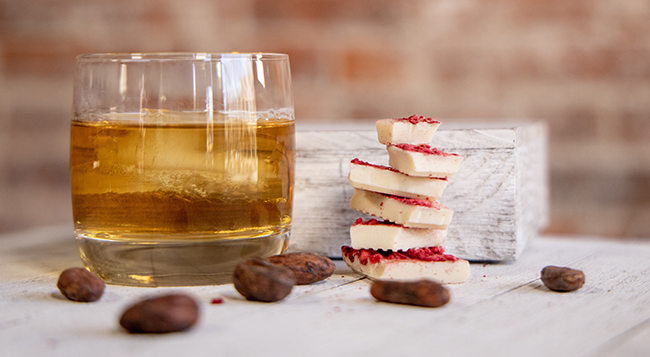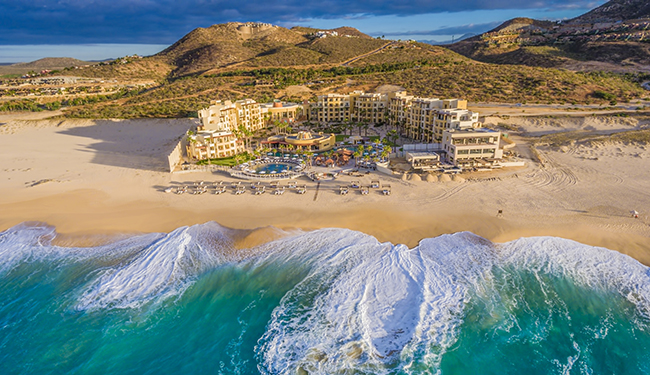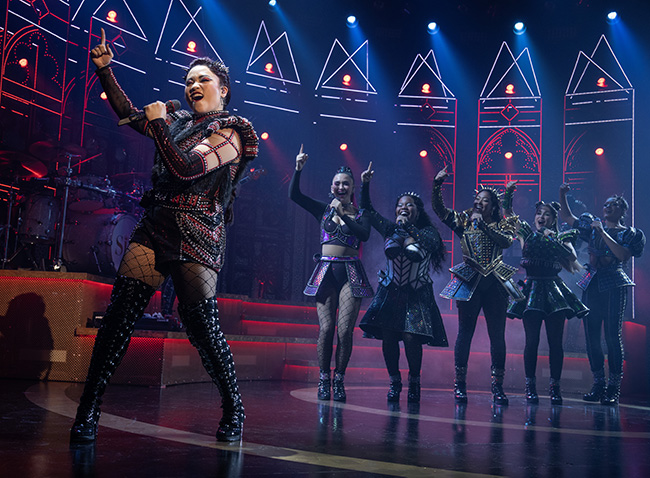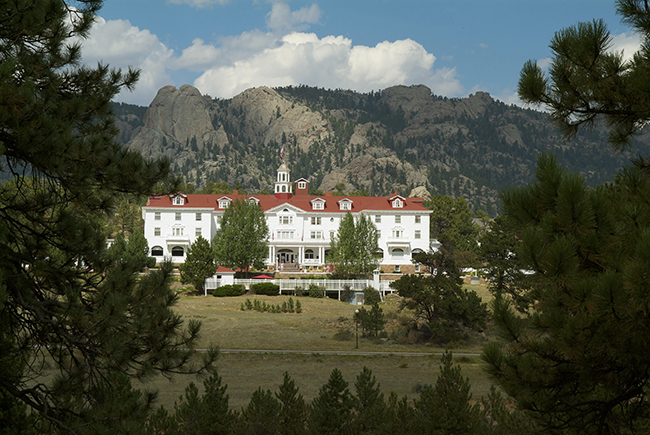Ski Japan
05 Dec 2023
An eastern powder eutopia
By Katie McElveen
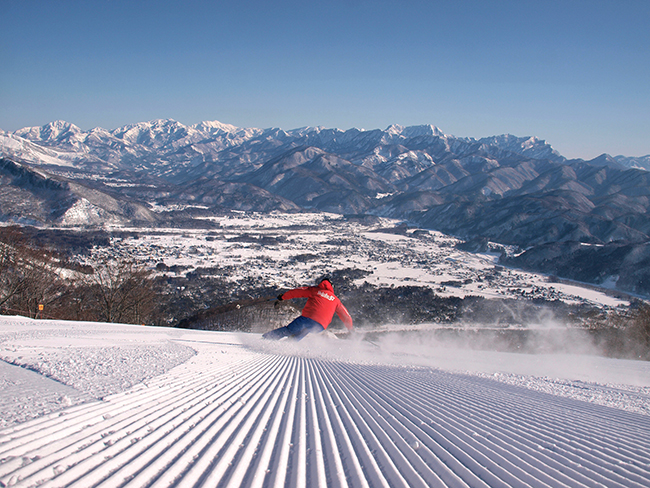
Photo Hakuba47
Mention that you’re traveling to Japan, and most people’s eyes will light up as they tell you that they’ve always wanted to take in the lights of Tokyo, the cherry blossoms of Kyoto and the wonders of a traditional tea ceremony or sumo match. Add that you’re headed to Japan on a ski vacation, and they’re just as likely to look at you with some curiosity.
“When you think of Japan, the famous Fuji-san or beloved “sakura” aka cherry blossoms instantly come to mind. Most people don’t realize that Japan is also one of the world’s top ski destinations,” says Lauren Zelek, the Founder and Chief Experience Officer of ZI (Zelek International), a travel and tour company focused on unveiling the food, sights, culture and ski opportunities of Japan to its discerning travelers.
“Most resorts see between 300 and 600 inches of powder every winter—and this isn’t just any snow. Japan’s powder is super light, extraordinarily dry and unbelievably fun to ski or ride. On top of that, there’s delicious food to taste, sake to sip, shops to explore and thousands of years of customs, traditions and heritage to discover. Let’s not forget the world’s only snow monkeys.”
She should know. Lauren spent a large part of her teen and college years in Tokyo and surrounding areas; her knowledge of the country is so deep that from 2018-2021 she helped serve as a liaison for families of athletes who would be competing in the 2020 Summer Games, as well as athletes who competed in Asia’s first Olympics back in 1964. In helping with everything from navigating ticket purchases to educating them on cultural differences, she realized that she had a knack for not only guiding visitors through a new and unfamiliar culture but for pairing them with just the right kind of experiences.
She founded ZI in 2017 as a way to share her love of Asia, particularly Japan. “ZI is a different kind of travel company because we focus on cultural sensitivity and responsible travel, all while providing life-changing experiences in Asia. The ones that truly last a lifetime,” says Lauren.
For powderhounds, all that snow from the Siberian winds means you’re virtually guaranteed out-of-this-world skiing. Each one of ZI’s trips also offers a myriad of amazing cultural experiences, too. In Yudanaka Onsen, for instance, there’s nothing better than soaking in natural hot springs, aka “onsens,’’ after a long day on Shiga Kogen’s slopes. Or, feasting on ramen noodles and beer while marveling at the snow and ice sculptures at the Sapporo Snow Festival.
Just like the neighborhoods of Tokyo, Lauren says that Japan’s ski resorts are remarkably varied. “Some cater to families or culture seekers, others are pure luxury and lots are go-to destinations for backcountry skiing,” she notes. “After taking the time to get to know you, your travel style and preferences, we can match your party with the right destination, then carefully curate local experiences, set up lodging, transportation, lessons, guides and rentals–really whatever you’re looking for.”
Ready to ski Japan? Here are Lauren’s recommendations you won’t want to miss.
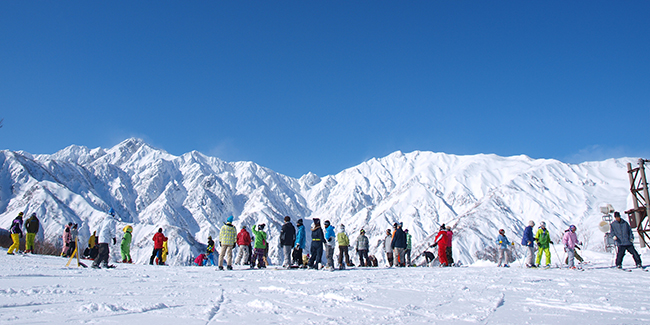
Photo Hakuba47
HOKKAIDO
Niseko
Often called “Asia’s Aspen,” Niseko is as well known for its après scene as it is for its skiing—dinners at Michelin starred restaurants are followed by late nights in sleek clubs. Niseko’s four ski resorts are all interconnected, making it great for a day of exploration—there are a whopping 70 runs—some of which are lit for night skiing—and 12 miles of backcountry skiing available on runs with names like Strawberry Fields and Super Ridge. English is widely spoken in Niseko; luxury lodging options abound and include a Ritz-Carlton Reserve as well as several hotels offering ski-in, ski-out access. Ikon passes are welcome, making it easy for Colorado skiers to hit the slopes.
Furano
Located about three hours from Sapporo, Furano is known for blue skies and dry snow that lasts well into the spring. Though the 23 runs offer skiing and boarding for a good mix of abilities, skiers can also go off-piste. Furano is known for its family-friendliness; beyond skiing there are guided snowshoe tours, hot air balloon rides and snow tubing. The low-key, compact downtown area is filled with local restaurants serving up specialties like shabu shabu, a dish of vegetables and thinly sliced meat simmers with broth in a hotpot and robatayaki, which is cooked over an open charcoal grill.
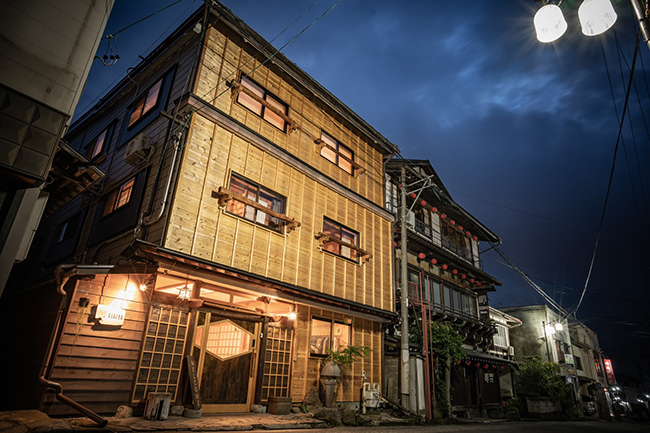
Rusutsu
This high-end destination offers quiet runs, near-empty slopes, backcountry runs galore, minimal lift lines and extras like ski butlers, ski-in, ski-out lodging and heli-skiing, all about 40 minutes from Niseko. Non-skiers can keep busy with a huge range of diversions that includes snowmobiling, snowbiking, dog sledding, horseback riding and other winter fun. The resort’s three mountains are Epic Pass partners
Honshu
Hakuba
Just three hours from Tokyo and set within Japan’s magnificent alps, Hakuba comprises so many resorts—nine in all—that lift lines are a rarity and the thick powder stays nearly track-free all day long. The resort, which was the main venue for the 1998 Winter Olympics, offers more than 200 varied runs, including Hakuba47, a network of trails that zigs and zags between resorts and is open to snowboarders. The area is also close to Tsugaike Kogen, where lifts provide easy access to some of the best tree skiing in the country. English is widely spoken in Hakuba, a city filled with Western restaurants and shops. Epic Pass holders receive one complimentary five-day ticket.
Shiga Kogen
Shiga Kogen gained international prominence when it hosted the women’s downhill, slalom, super G and snowboarding events at the Nagano Olympics; since then, it has grown to, encompasses 18 interlinked resorts—Japan’s largest—offering everything from beginner runs to long cruises, moguls and powder-filled bowls. It’s also one of the few resorts where hotels offer ski-in, ski-out access. A designated Biosphere Conservation Area, Shiga Kogen is home to snow monkeys, raccoon dogs, serows (the goat-antelope hybrid that is a national symbol of Japan) and Japanese weasels, which turn white during the winter.
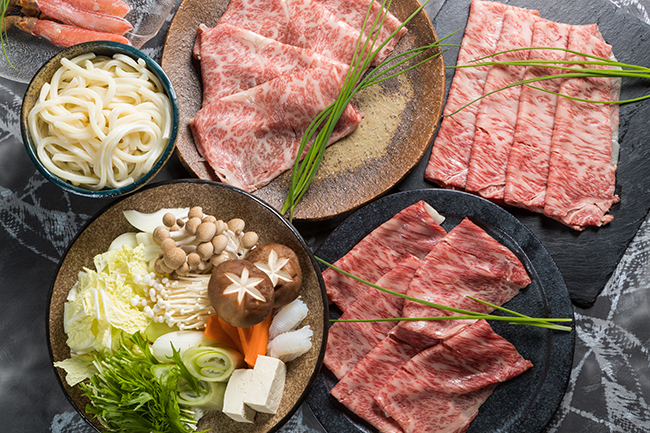
Nozawa Onsen
Powder lovers with a penchant for speed flock to this resort, which offers a 3,560-foot vertical. The low-key town, which is known for traditional guest houses—called ryokans—food and the centuries-old Nozawa onsen, which can be enjoyed in one of the free bathhouses that dot the town. In addition to downhill skiing on groomed slopes, off-piste and through trees, the resort offers snowboarding on the slopes or half-pipes; cross-country skiing and snow-scooting, which involves a single ski outfitted with handlebars.
Zao Onsen
Go off the beaten path to one of the most unique ski resorts that has stayed true to its domestic roots. Home to the famous “Juhyo” (snow monster) trees, Zao Onsen is one of the most traditional resorts in Japan as well as a popular all year onsen resort village. There are nine different ski areas, 42 lifts and 741 acres to enjoy, and plenty of different terrain to keep skiers and boarders of all levels entertained.
Resources: zelekintl.com


